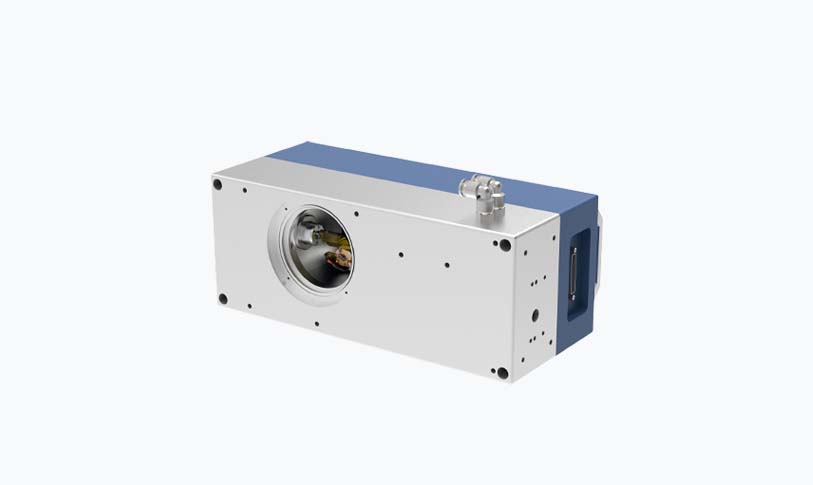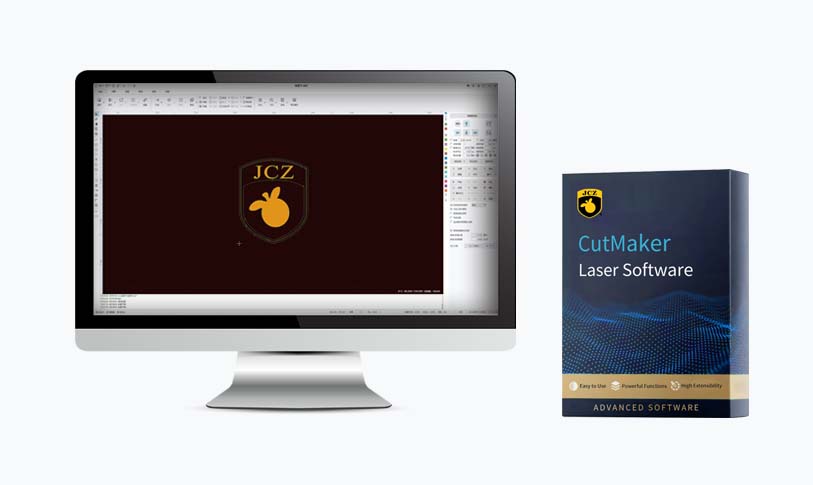In the realm of modern technology, the 450nm laser has emerged as a remarkable tool, offering a spectrum of applications across various fields. This specific wavelength falls within the visible blue light range, making it an essential component in diverse industries, from healthcare to environmental science and beyond. The power and efficiency of 450nm lasers make them a focal point of innovation, pushing the boundaries of what is possible in light-based technologies.
The history of laser technology dates back to the mid-20th century, but the specific 450nm wavelength has gained prominence due to its unique properties. The blue light emitted by these lasers is known for its high energy and short wavelength, which allows for deeper penetration in biological tissues. This characteristic has significant implications in medical applications, particularly in dermatology and ophthalmology. For instance, 450nm lasers are increasingly used for skin rejuvenation treatments, leveraging their ability to target specific skin conditions while minimizing damage to surrounding tissues.

Exploring the Versatile Applications and Innovations of 450nm Laser Technology in Modern Science and Industry
In the field of healthcare, recent studies have demonstrated that 450nm lasers can effectively treat a variety of issues such as acne, psoriasis, and even skin cancer. The precision of these lasers enables practitioners to deliver energy to precise locations, enhancing the efficacy of therapeutic interventions. Additionally, the safety profile associated with this wavelength is favorable, leading to a growing adoption among dermatologists.

Exploring the Versatile Applications and Innovations of 450nm Laser Technology in Modern Science and Industry
Moreover, the use of 450nm lasers extends into the realm of dentistry. Dental professionals utilize blue lasers for procedures like cavity detection, teeth whitening, and even soft tissue surgeries. The reduced thermal effect of these lasers allows for quicker healing times and less discomfort for patients, revealing a substantial improvement over traditional methods. As laser technology continues to evolve, the integration of 450nm lasers in dental practices could become the standard rather than the exception.
Beyond healthcare, 450nm lasers have found applications in the manufacturing and electronics industries. The growing demand for precise cutting and engraving has led to increased use of these lasers in various production processes. For instance, the ability to cut intricate designs in materials like wood, acrylic, and even metals at such a precise wavelength provides manufacturers with a level of versatility that is hard to replicate. The incorporation of laser technology into manufacturing processes has resulted in more efficient production lines, reduced waste, and improved product quality.
In the field of telecommunications, 450nm lasers are playing a pivotal role as well. Their capacity for high data transmission rates allows for the development of advanced optical communication systems. As the world becomes increasingly connected, the demand for faster and more reliable internet services is surging. The integration of 450nm lasers in this sector demonstrates their potential to meet the needs of modern communication infrastructure, ensuring that data can be transmitted swiftly and efficiently.

Exploring the Versatile Applications and Innovations of 450nm Laser Technology in Modern Science and Industry
Environmental science has also taken strides with the aid of 450nm lasers, particularly in remote sensing applications. Lasers emitting at this wavelength can penetrate the atmosphere and are effective in detecting pollutants and atmospheric particles. This capability is crucial for monitoring air quality, understanding climate change, and assessing the health of ecosystems. By employing 450nm lasers for environmental monitoring, researchers and policymakers gain valuable insights into our changing planet, facilitating informed decision-making.
Education is another sector reaping the benefits of 450nm lasers. Laser projectors utilizing this wavelength offer vibrant colors and enhanced visual experiences in classrooms and auditoriums. The clarity and brightness of the projections foster an engaging learning environment, making complex subjects more accessible and understandable for students.
In conclusion, the 450nm laser technology represents an exciting area of innovation with far-reaching implications. From transforming medical practices to streamlining manufacturing processes and enhancing environmental monitoring, the versatility of these lasers is undisputed. As research continues and new applications are discovered, the future of 450nm lasers looks promising, promising to unlock further advancements that will continue to shape modern science and industry. As we navigate the complexities of the 21st century, the role of laser technology will undoubtedly become increasingly central in our quest for efficiency, precision, and knowledge.femtosecond micromachining



